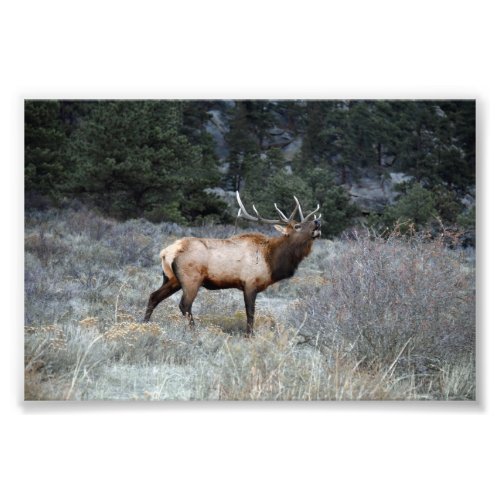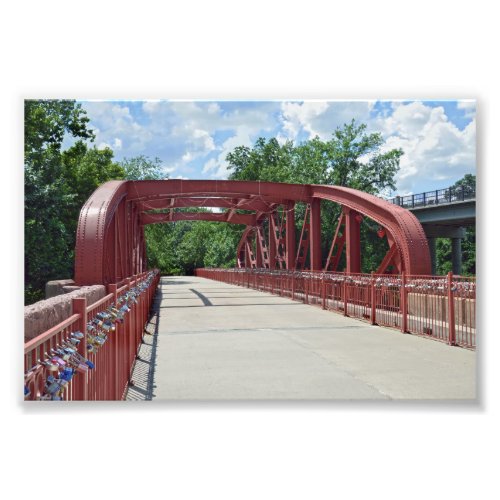
Here are three of the seven bull elk that lounged and grazed in a neighborhood where friends and I stayed in Estes Park, Colorado.
My husband and I visited several U.S. National Parks in the last year and a half, and we didn’t see one large mammal — even in Yellowstone National Park, where you can always see bison. I’d seen plenty of elk, moose and bison a few years earlier, but I had entered an animal drought. I was determined to see some elk on our trip to Rocky Mountain National Park (RMNP) in early November 2018. We stayed just outside of the park in the town of Estes Park. I was very eager to shoot a few elk with my new camera.
We’d visited RMNP in August, and I only saw a large ground squirrel in the park. During that visit, we’d hoped to see bighorn sheep at Sheep Lakes, where we’d seen a herd in a visit a few years ago, but the ranger report this year indicated that the sheep hadn’t visited in a week. We waited for two hours, anyway, before giving up.

This “I Saw an Elk in the Rocky Mountains” hand towel was a gift from friends who knew how excited I was to finally see some elk.
We were returning from our second no-elk trip from RMNP, when friends texted me that there were seven bull elk lounging right outside our condominium building! My friends seen one or two elk before, but the elk had always eluded me. On our way to the condo, we saw a large herd of elk — females led by a big bull elk. They were so magnificent. There were elk all over the town of Estes Park! We went from visual famine, to visual feast.
The elk or wapiti (Cervus canadensis) is one of the largest species within the deer family, Cervidae, in the world, and one of the largest terrestrial mammals in North America and Northeast Asia.

This bull elk groomed himself after rubbing his antlers against a tree near a condominium parking lot in Estes Park, Colorado, in early November. The rutting season was over, and this guy missed out on romance, but he’s keeping himself in shape and looking good. Maybe next year he’ll find success. In the meantime, he’s hanging out with his other male friends.

In early November, the rutting season was over, but these two bull elk decided to spar a little. They apparently didn’t attract any lady elk this year, but it doesn’t hurt to practice for next year’s mating season.

In Estes Park, Colorado, elk graze in neighborhood yards and freely travel the streets and highways. In the lower right photo, a bull elk bugles to his herd of females to follow him.

A herd of female elk, plus one bull elk, rest on a traffic island in Estes Park, Colorado. I took this photo through the car window, so it’s not that great, but it does give you an idea of how much the elk feel at home in the town.
























